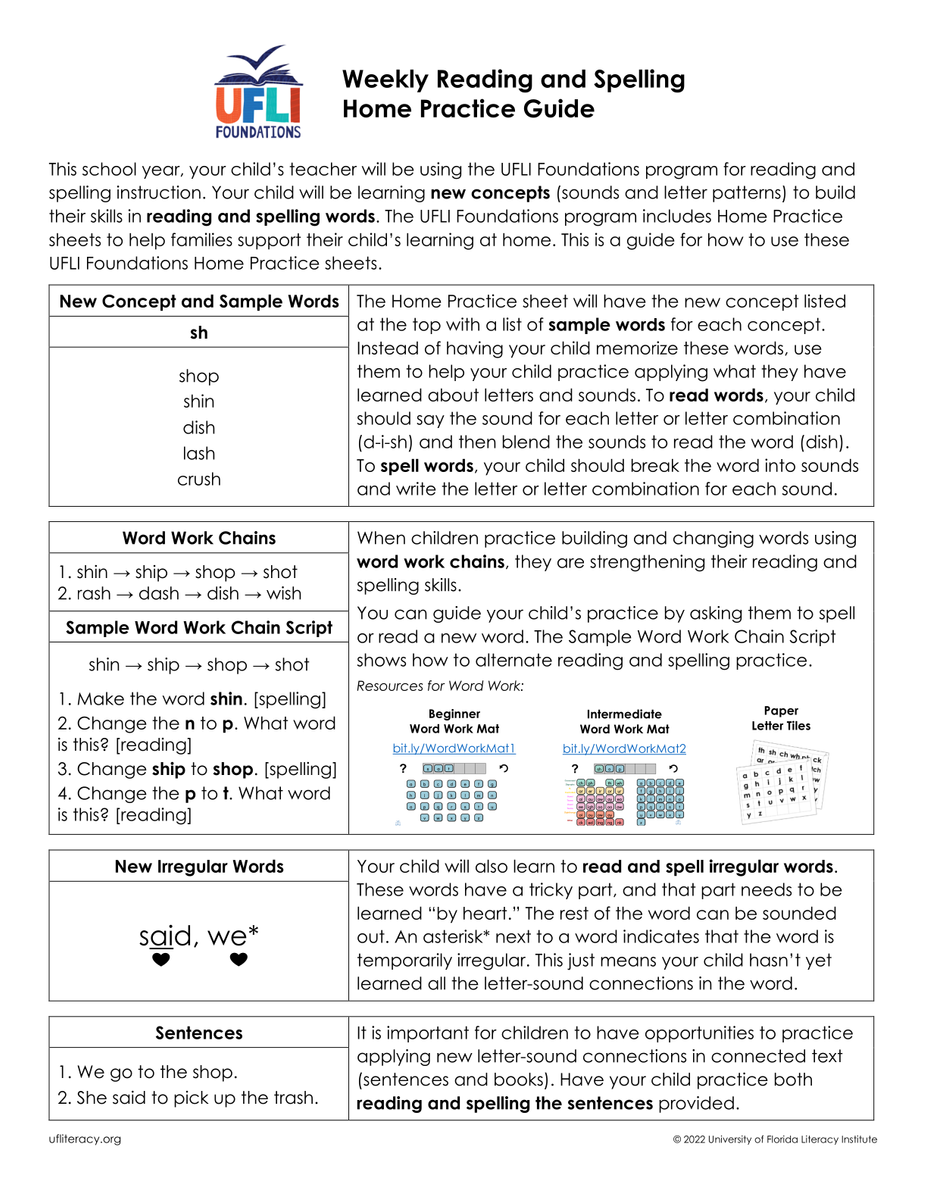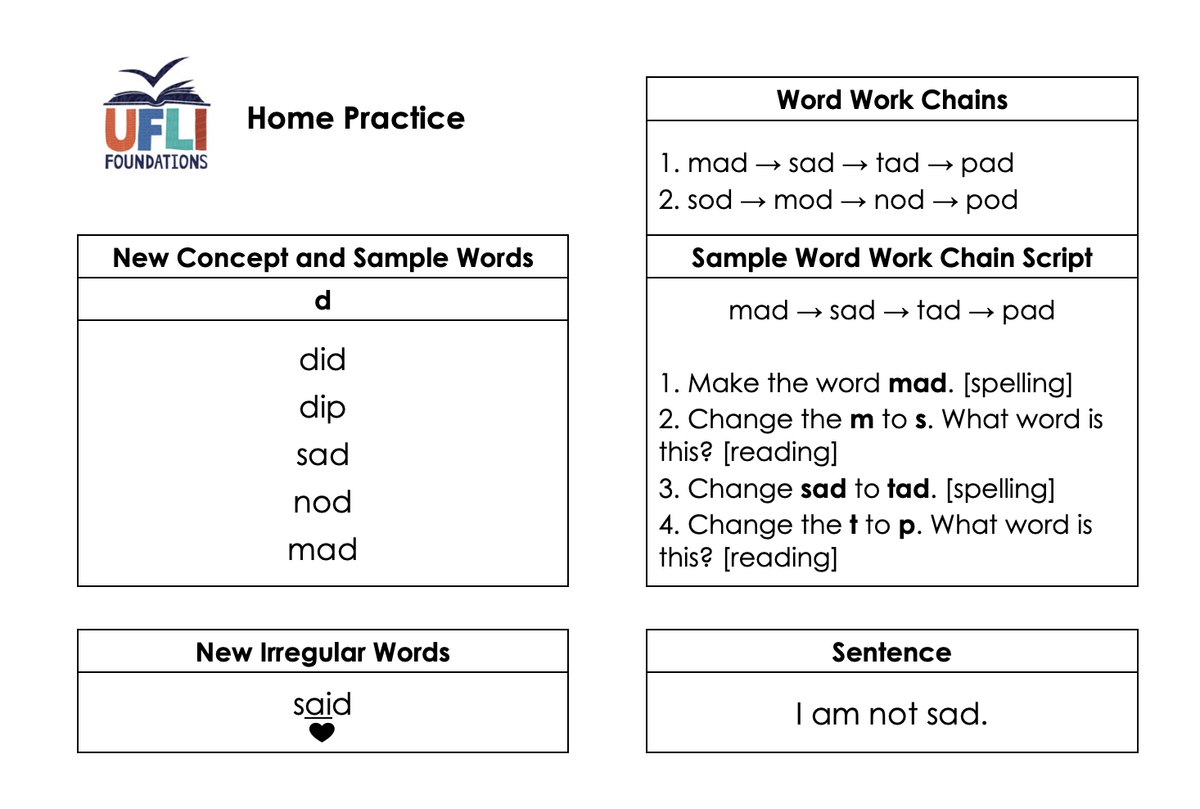Prep Wonga Weekly
Week 10, Term 1

Prep Wonga Weekly
Week 10, Term 1
INFORMATION
🗓️ Upcoming Dates:
Friday 4th April - Last day of Term 1
9am: Easter Bonnet Parade
1.30pm: Easter Raffle assembly (gold coin donation - money raised goes to the Good Friday Appeal for the Royal Children's Hospital)
2.30pm: Dismissal for the end of Term 1
📚 Book Pockets - reminders and tips
-To keep up the great progress in reading, we encourage families to continue practicing the decodable passages and CVC words in your child’s book pocket over the holidays.
-Regular reading helps prevent the 'holiday slump' and ensures your child is ready to dive into take home books when we resume in Term 2.
A note on phonemic awareness and decoding:
Blending three sounds to read words is a new skill for most Prep students. Developing phonemic awareness takes time and practice! (Phonemic awareness is the ability to hear, identify, and manipulate sounds in spoken words.)
-Try orally segmenting a three-letter word for your child (e.g., c-a-t), making sure to stretch the sounds so the word is easier to hear. Have your child listen and then say the whole word.
-If your child finds reading passages challenging, focus on individual words within the text and decode them together (e.g., p-o-t … pot).
🔤 UFLI Practise Pages
Starting this week, we will be including optional UFLI practice pages in the Wonga Weekly. Below, you'll find an explanation from the UFLI team on how to use these pages effectively.


🎨 Specialist timetable
The regular specialist timetable will not run this week. However, students will have all of their specialist classes on Friday.
CURRICULUM
📚 Phonemic awareness: reading and phonics
This week, we will complete one UFLI lesson, focusing on the letter D. Students will explore the phoneme (the sound it makes), the grapheme (how it iswritten with correct letter formation) and the corresponding cued articulation.
Additionally, students will practice reading and writing CVC words with the medial* vowels A, I, and O (*where the vowel appears in the middle of the word).
Students will review the Heart Words: the, and, I, a, is and as while also learning the new word said.
What can you do at home?
-Read bedtime stories to your child
-Review the sound/letter names and cued articulation for letters taught so far - short A, M, S, T, P, F, short I, N and short O
-Assist your child to read the decodable passages / CVC words in their book pocket
-If you're interested in Cued Articulation, you can watch Jane Passey (the founder) explain what it is. She also demonstrates the cued articulation for each phoneme.
https://www.youtube.com/watch?v=gyGX3RcLG74&ab_channel=cuedart48
-Work through the optional UFLI home practice page
Lesson 13: D


📝 Literature: reading responses and writing
This week, students will explore The Easter Bunny's Grandest Egg Hunt by Jess Racklyeft. While this charming story has an Easter theme, it also connects to our CBL Guiding Questions, emphasising the importance of teamwork.
As part of their learning, students will sequence the story, analyse the problems and solution and design their own map - just like the one in the book - to illustrate the key events of the Grand Egg Hunt.
We now know three vowels - A, I and O - allowing us to form more even more CVC (consonant-vowel-consonant) words. Using these words, we will write simple words and sentences.
Students will also practice handwriting with a focus on the letter D, while reviewing the formation of previously learned letters.
Additionally, we continue to incorporate activities to further develop fine motor skills essential for writing.
What can you do at home?
-Play with things that develop fine motor skills like lego, playdough, drawing and building blocks
-Help your child develop their pencil grip when they write, colour or draw at home
-Write the letters A, M, S, T , P, F, I, N and O using taught lower case formations. Use these letters to write some words, using A, I and O as the middle vowels.
🔢 Maths
This week, students will deepen their understanding of teen numbers by revisiting the concept that teen numbers are made up of 'one group of ten and some more'. They will practice writing teen numbers, sequencing them and matching numbers to collections using one-to-one counting. Students will also create an Easter-themed number line to explore the concepts of ‘less’ and ‘more.’ Keep an eye out for this in your child's bag at the end of the week!
What can you do at home?
-Practice counting by encouraging your child to count objects around the house (e.g., 13 apples, 17 toy cars) and discuss how each teen number is made up of 10 and some more.
-Use everyday items like buttons or pasta to make groups of ten and add extra ones to reinforce the teen number structure.
-Look for teen numbers in books, on signs or while shopping and talk about how the numbers are formed.
-Later in the week, use the Easter themed number line and pointer to practise reading and saying teen numbers.
🌏 CBL - Connections
This week, we are exploring some of our Guiding Questions through our mentor text discussions and tasks (see above in literature).
We are also developing our understanding of Connections through our Wellbeing programs of Friendology and Respectful Relationships - see below!
💛 Wellbeing & School Wide Positive Behaviour (SWPBS)
Students are continuing their Friendology journey with two important sessions this week.
-Session 7: Tricky Situations: This session explores common challenges for this age group, such as sharing, taking turns and playing fairly.
-Session 8: Kind and Strong: This final session brings everything together, reinforcing key concepts and encouraging students to be both kind and confident in their friendships.
These lessons help students build positive social skills and strengthen their relationships with peers.
Our SWPBS focus remains on the expectations of 'Be Kind' and 'Be Safe.' We continue to encourage inclusivity in games and making safe choices about where and how we play. Our understanding of 'Be Safe' also extends to classroom behaviour, including walking indoors and transitioning quickly and quietly between lessons.